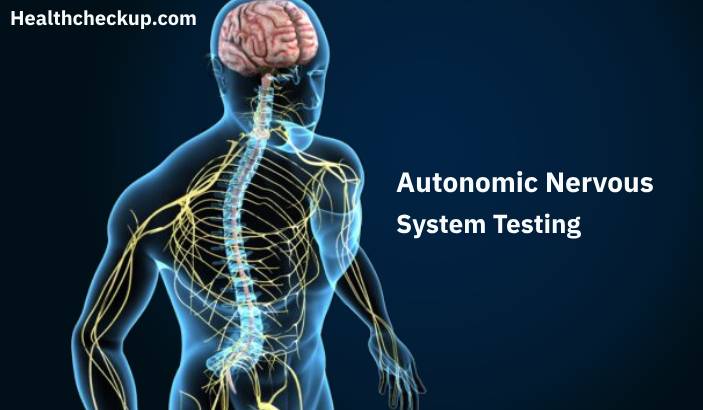Autonomic testing is an essential diagnostic approach used to assess the autonomic nervous system (ANS), which controls vital body functions such as heart rate, digestion, respiratory rate, pupillary response, and more. This system operates largely unconsciously and regulates bodily functions that accommodate daily stress and environmental changes.
Purpose of Autonomic Testing
- Diagnosing Autonomic Disorders: Essential for identifying disorders like autonomic neuropathy, postural orthostatic tachycardia syndrome (POTS), and other dysautonomia conditions.
- Assessing Disease Impact: Helps determine how diseases like diabetes and Parkinson’s disease have affected the autonomic nervous system.
- Evaluating Symptoms: Useful for investigating unexplained symptoms like dizziness, fainting, or chronic nausea, which may arise from ANS disorders.
Preparation for Autonomic Testing
- Medical History Review: A thorough review of the patient’s medical history, current medications, and specific symptoms is crucial.
- Medication Adjustment: Patients may need to stop taking certain medications that could influence the test results, under the guidance of a healthcare provider.
- Dietary Restrictions: Typically, patients are advised to avoid caffeine and alcohol for 24 hours before the test and may need to fast for a few hours prior.
Procedure of Autonomic Testing
- Series of Tests: Autonomic nervous system testing usually involves a series of tests to measure how the nervous system responds to different stimuli. These may include:
- Heart Rate Variability Tests: Assesses heart rate changes during various activities and breathing exercises.
- Tilt Table Test: Evaluates how the blood pressure and heart rate respond to changes in position.
- Sweat Tests: Measures the body’s ability to sweat in response to stimuli, which can indicate sensory nerve function.
- Valsalva Maneuver: Involves deep breathing and exertion to see how the heart rate and blood pressure respond.
Normal Range
- Varies Widely: Since the autonomic nervous system affects various body functions, normal ranges will vary widely depending on the specific function being tested.
- Baseline Comparisons: Results are often compared to established baseline ranges for the population and adjusted for age, gender, and health condition.
Results Interpretation
- Normal Functioning: Normal results indicate that the autonomic nervous system is likely functioning correctly.
- Dysfunction Indicators: Abnormal results might suggest an issue with the autonomic nervous system, necessitating further investigation or confirmation with additional tests.
- Comprehensive Analysis: Results should be interpreted in conjunction with clinical findings and other diagnostic tests to accurately diagnose or rule out specific autonomic disorders.
Risks Associated with Autonomic Testing
- Minimal Physical Risks: Most autonomic function tests are non-invasive and pose minimal physical risks.
- Discomfort or Anxiety: Some procedures, like the tilt table test, might cause brief physical discomfort or anxiety.
- Symptomatic Responses: Patients with severe autonomic dysfunction may experience exacerbated symptoms during testing, such as fainting or severe drops in blood pressure.
Conclusion
Autonomic response testing is a pivotal component in diagnosing disorders of the autonomic nervous system. It provides invaluable insights into the involuntary functions of the body, helping to guide the diagnosis, monitoring, and treatment of conditions that affect these essential systems. This testing is particularly critical for patients presenting with symptoms indicative of autonomic dysfunction, as it helps clarify the diagnosis and guide appropriate treatment strategies.
The safety profile of autonomic testing is generally excellent, making it a feasible option for many patients who exhibit symptoms of autonomic dysfunction. However, the complexity of interpreting test results means that they should always be considered within the broader context of the patient’s medical history and other diagnostic findings. Proper preparation and understanding of the testing process can significantly enhance the comfort and accuracy of the results for those undergoing these tests.
For patients undergoing autonomic testing, it is crucial to discuss all aspects of their medical history and current symptoms with their healthcare provider to ensure accurate diagnosis and optimal care. As medical science continues to advance, autonomic testing remains a vital tool in the nuanced exploration of neurological health, enhancing our ability to treat complex autonomic disorders effectively.









